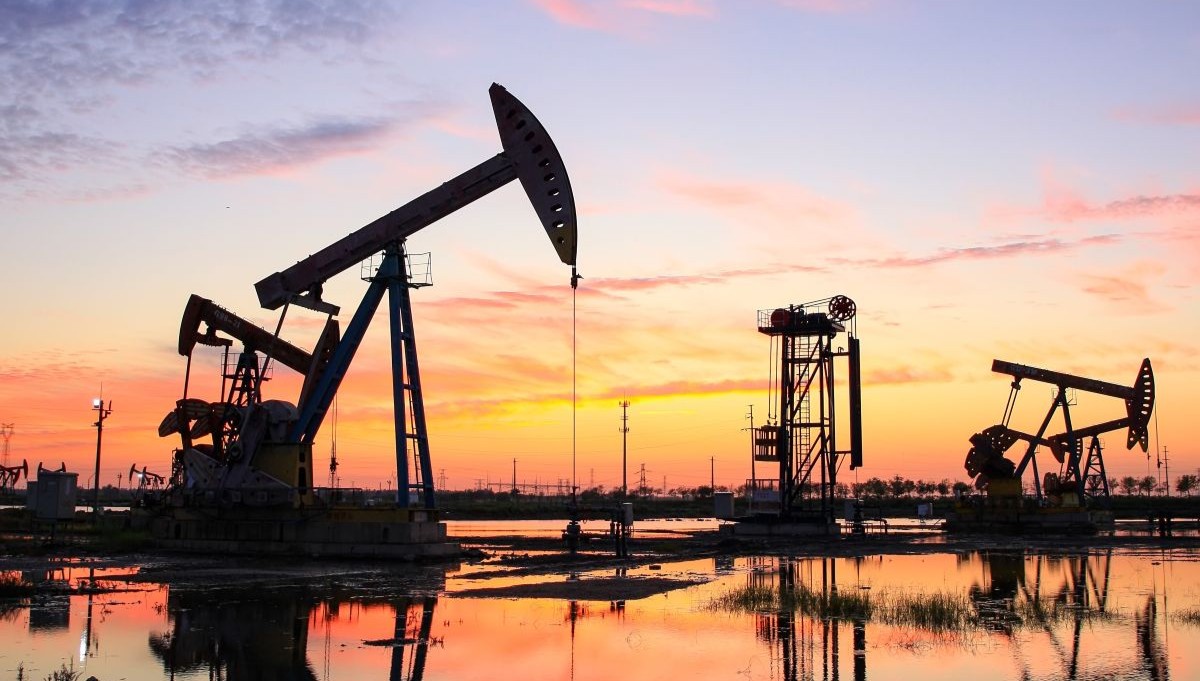Currently, the energy transition is the biggest challenge we face considering the volatility of the current economic mood and political landscape. As we see global markets and sentiment change on a weekly basis, will investors hold their nerve or is there enough momentum to keep the transition sustaining itself? Director, Murray Fox, shares insights from the latest London Cripps Leadership Advisors energy dinner where leaders from across the industry share their thoughts on current events affecting energy.
Drill baby, drill
Over in the US the call for energy has been to “Drill baby, drill,” however, the demand for oil is beginning to wane resulting in a negative effect for prices. At the time of publication, oil has been approaching a four-year low at around USD$60 a barrel and recent tariffs have caused concerns with big banks predicting a recession before the end of year.
The hype around hydrogen continues to dwindle despite some mega-gigawatt projects in the Middle East, North Africa and China, many of which have been backed with huge amounts of state subsidy. Over in Europe green steelmaking has slowed due to the high costs of green hydrogen and lack of policy support, including significant weaknesses in the EU’s Carbon Border Adjustment Mechanism (CBAM).
Consumers driving the transition forward
However, it’s not all doom and gloom. Consumers are playing an important part in moving the energy transition forward with the majority across the globe spending more money into net zero than any government. This includes installing solar panels, entering the circular economy for clothes, tools and borrowing equipment or leaving the car at home in favour of using the bus or a bike. Many of these have come out of the cost-of-living crisis, but consumers are becoming more conscious than ever about their carbon footprint.
Political stability
Over in China, there has been a number of successes given their relative political stability and long-term planning giving a boost to AI, electric vehicles (EVs), producing renewable energy and exporting the equipment required to create it.
According to the Centre for Research on Energy and Clean Air, China’s investment in clean energy was close to the world’s total put into fossil fuels in 2024. In summer 2024, for the first time, wind and solar energy collectively eclipsed coal in capacity and many analysts are predicting that solar power alone will surpass coal as China’s primary energy source.
In relation to EVs, China is also leading the front. In 2024, it was reported that one in every two cars sold in China was an EV. In March of this year, Shenzhen-based EV giant BYD launched their Super E Platform which can charge its latest models in just five minutes for a 250-mile drive.
While the political and societal context in China is very different to many other countries, there are still lessons to be learnt here. There appears to be a consistent message for clarity and certainty when it comes to policymaking and regulation and therefore, investors have the confidence to commit funding to long-term, and often, unproven schemes. How can this be done in other countries in order to accelerate pace and reap the rewards?
At the beginning of the year leaders from large, international oil and energy companies were calm regarding the global energy transition as investment is always a long game measured in decades and not presidential terms. However, considering the ongoing volatile political and economic conditions, decisions need to be made to keep the transition moving while navigating unknown ground. Adapting and pivoting remain the key traits of any leader.
To learn more about these topics and other issues that were discussed at the event, download the full white paper.


